Pakistan's Real Effective Exchange Rate (REER), a measure of the value of a currency against a weighted average of several foreign currencies, increased slightly to 97.03 in January 2022, as compared to 96.8 recorded in December 2021, data released by the State Bank of Pakistan (SBP) showed.
A REER below 100 means the country’s exports are competitive, while imports are expensive. The situation reverses when REER stands above 100 on the index.
As per the latest data by the SBP, the REER increased 0.24% on a monthly basis, but stands 5.92 points below 102.95 recorded in April 2021.
The index registered a year-on-year increase in January 2022 against the value of 95.16 recorded in January of the previous year.
Pakistan's REER declines in December as trade competitiveness improves
As per the International Monetary Fund (IMF), the decrease in REER implies that exports have become cheaper and imports more expensive; therefore, a decrease indicates a gain in trade competitiveness.
Pakistan’s trade deficit widened by 91.9% during the first seven months (July-January) of the current fiscal year 2021-22 and reached $28.8 billion compared to $15.002 billion during the same period of 2020-21, revealed Pakistan Bureau of Statistics (PBS) data.
The country’s exports increased by 23.9% and remained $17.671 billion in the first seven months of current fiscal year 2021-22 compared to $14.255 billion during the same period of 2020-21.
Meanwhile, imports increased by 58.8% during the first seven months (July-January) of the current fiscal year and stood at $46.47 billion compared to $29.257 billion during the same period of the corresponding year, stated the PBS.
The massive increase in imports has taken a toll on the external side of the economy, as the country battles a widening deficit, which has in turn added strain on the current account.

















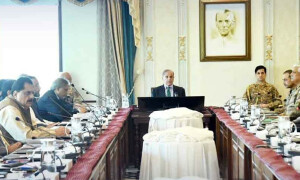



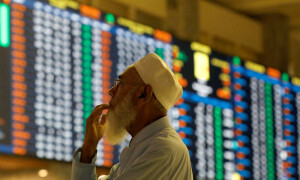

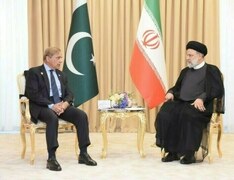

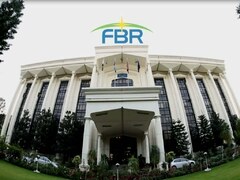
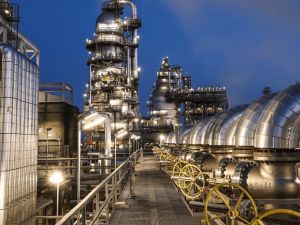
Comments
Comments are closed.